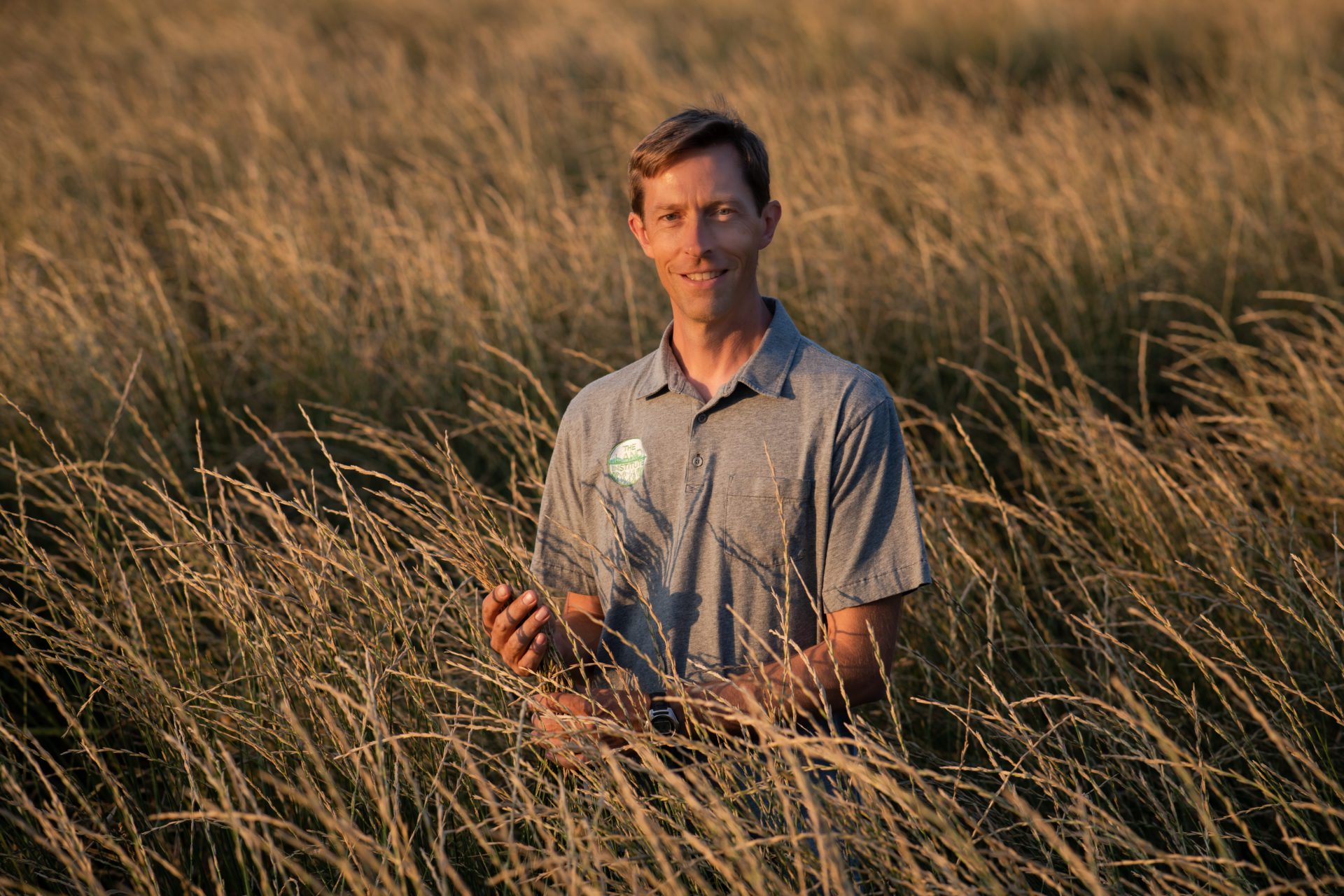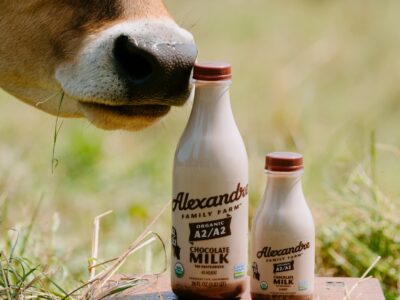A new grain called Kernza wheatgrass may change the world farming industry as we know it by mimicking the patterns of a natural ecosystem. Most grains grown worldwide are annual, meaning they grow for one season, are harvested, and replanted. Kernza turns this all on its head because it’s a perennial grain, a single seed that grows into a plant that then provides a harvest year after year after year. Additionally, its roots grow deep beneath the surface, preventing erosion. Developed more than a decade ago at the nonprofit Land Institute, Kernza is now being used by more than 100 farmers on 2,000 acres of land globally.
The benefits of this unique grain, developed from ancestral wild grains, are numerous.
Compared to traditional grains, Kernza requires very little fertilization, cutting down on waterway and air pollution.
Since it remains in the ground for years, it keeps the soil healthier for crop rotation while removing 6.5 tons of carbon dioxide from the air for every acre it grows. With soil around the world eroding 100 times faster than new soil can form and a third of existing soil depleted of most necessary nutrients, this is a game-changer for the food industry. Kernza can also be planted with other plants to provide year-round wildlife habitat.
“The ecosystems that built the soils upon which we eat today, and that we have degraded, were perennial and diverse,” said Land Institute President Rachel Stroer. “That’s where we get those two characteristics that we’re trying to bring back into agriculture [with this grain].”
Kernza also means more food can be grown on less acreage. Kernza seeds are up to three times larger than other grains; therefore, harvest yields are 30 percent higher.
After the grains are harvested, the remaining plant can be grazed by cattle, allowing for year-round, circular land use on farms.
These unique characteristics also make the grain a challenge in some ways. Each grain contains far less gluten and more bran, making baking bread made of Kernza more difficult. In its current state, it won’t be able to completely replace wheat for all the uses needed, though it is for sale publicly and used in many baked goods and beers. Researchers are continuing to develop new, hardier, and more versatile varieties that address some of Kernza’s current shortcomings and enable farmers to grow it to scale for easy use in modern human diets.
“Instead of an annual monoculture, we’re trying to create a perennial polyculture,” Stroer added. “We want to create an agricultural system to feed humanity that uses nature as the measure of success.”





